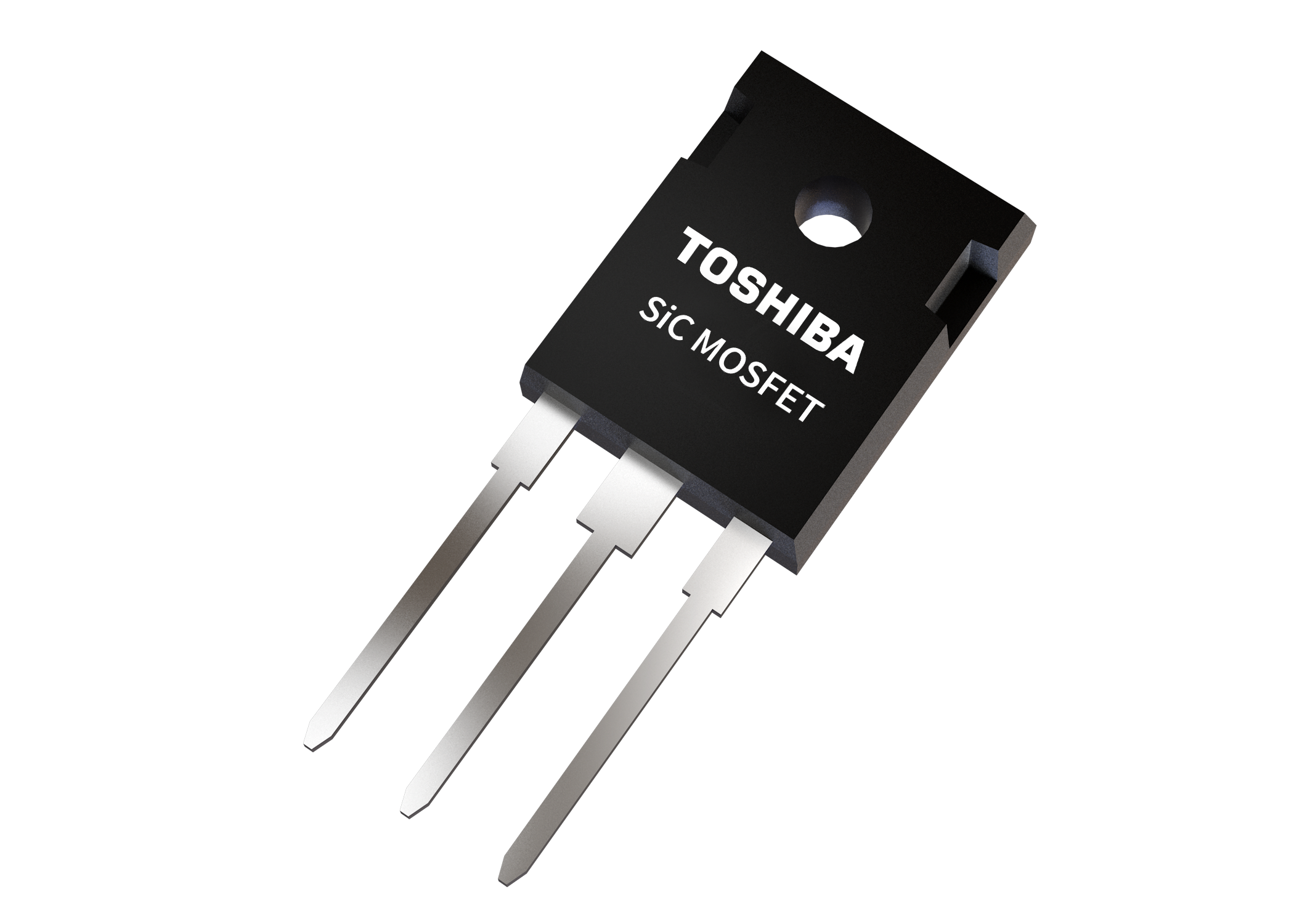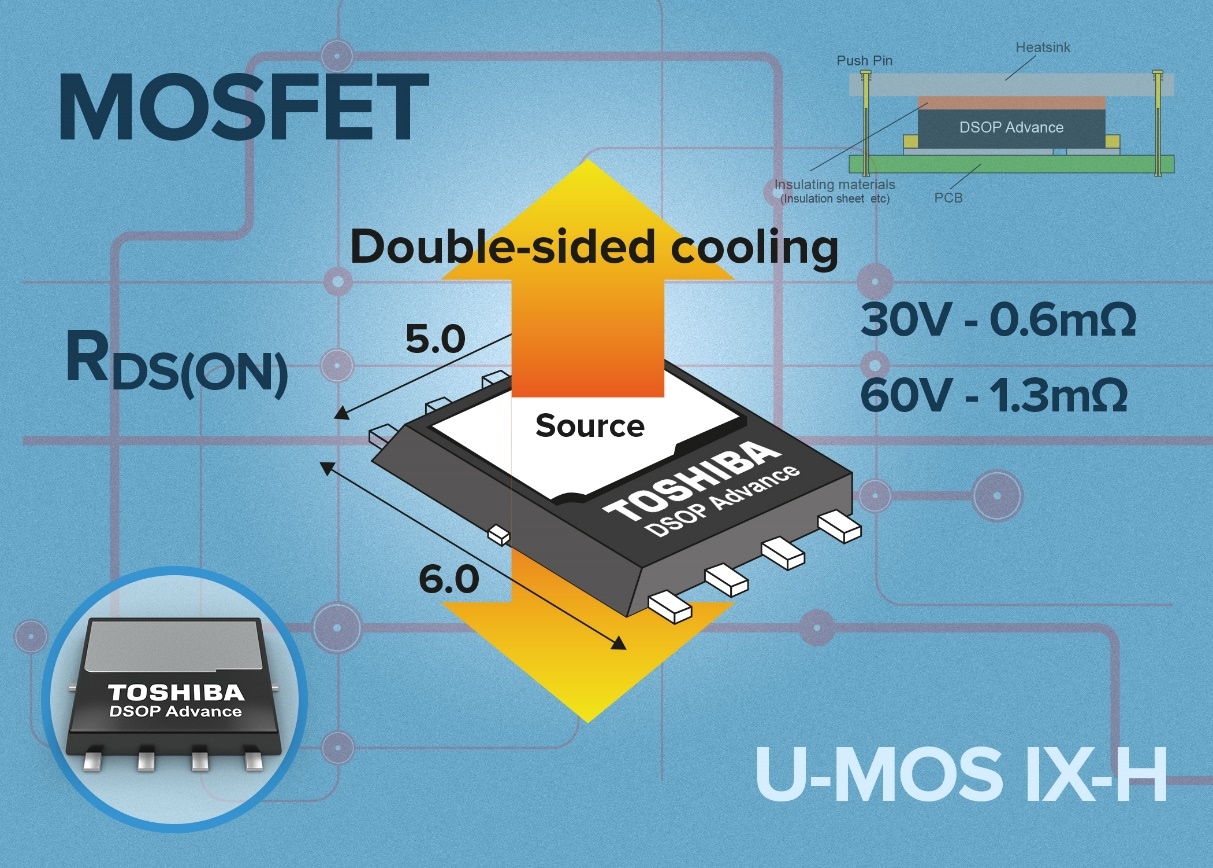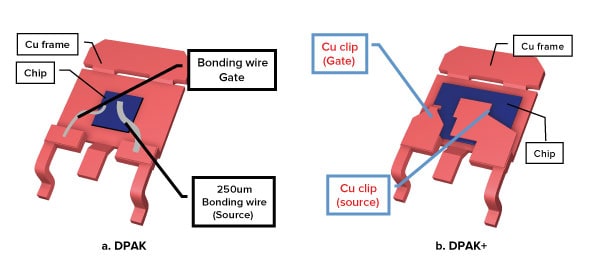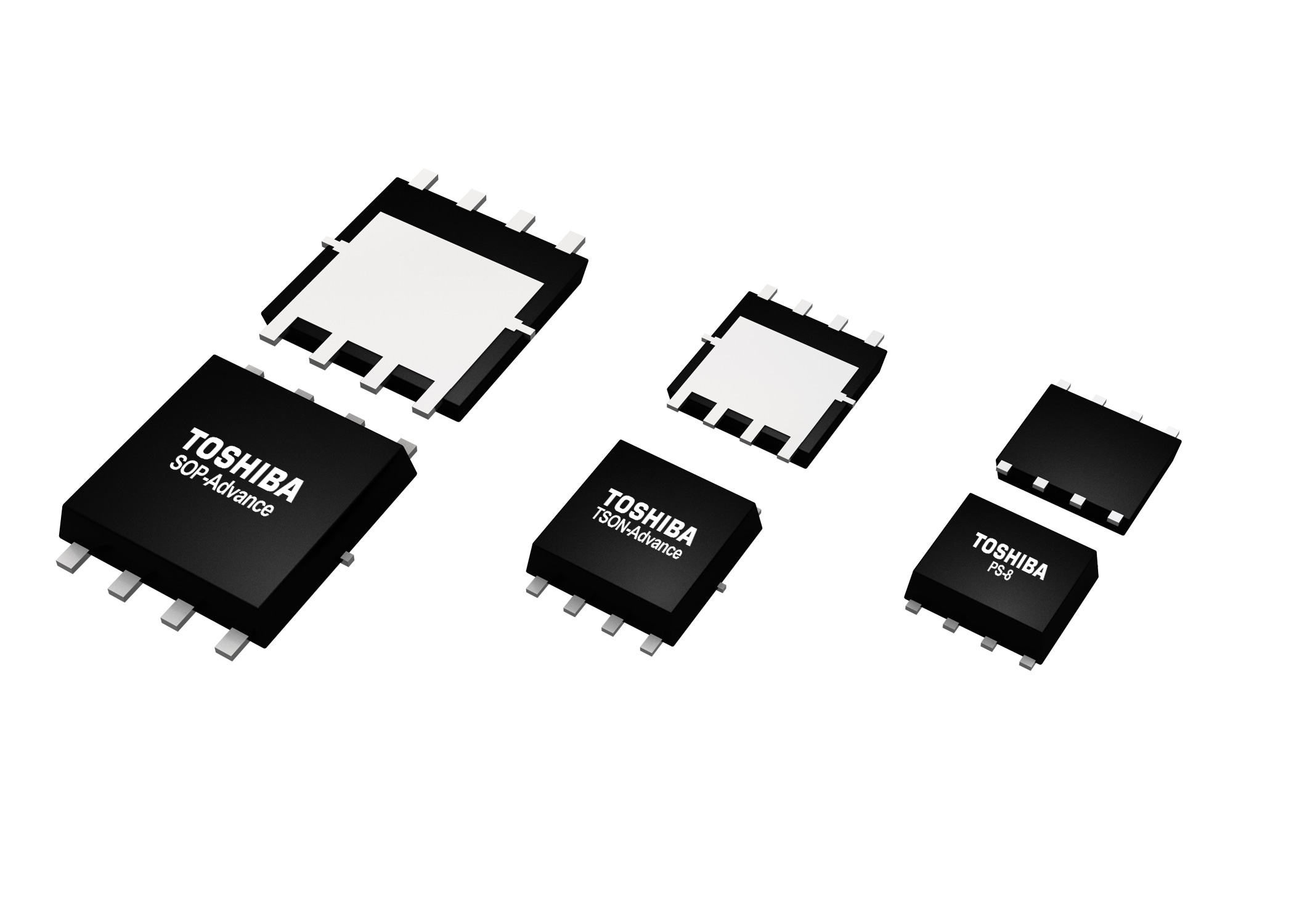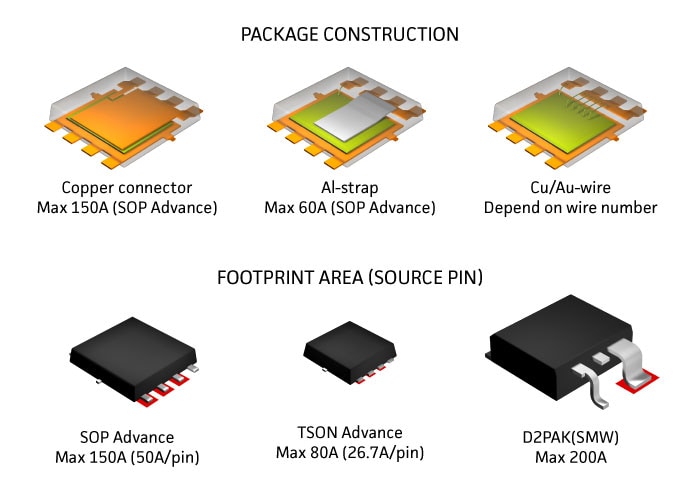- General Top
- SEMICONDUCTOR
- STORAGE
- COMPANY
-
My ToshibaSemicon
- Semiconductor Top
-
ApplicationsAutomotive
Body Electronics
xEV
In-Vehicle Infotainment
Advanced Driver-Assistance Systems (ADAS)
Chassis
IndustrialInfrastructure
BEMS/HEMS
Factory Automation
Commercial Equipment
Consumer/PersonalIoT Equipment
Healthcare
Wearable Device
Mobile
Computer Peripherals
-
ProductsAutomotive Devices
Discrete Semiconductor
Diodes
Transistors
Logic ICs
Analog Devices
Digital Devices
Wireless Devices
※
: Products list (parametric search)
Power SemiconductorsSiC Power Devices
※
: Products list (parametric search)
Isolators/Solid State RelaysPhotocouplers
Digital Isolators
Solid State Relays
Fiber Optic Transmitting Modules
※
: Products list (parametric search)
MOSFETsIGBTs/IEGTsBipolar Transistors※
: Products list (parametric search)
Diodes※
: Products list (parametric search)
MicrocontrollersMotor Driver ICsIntelligent Power ICs※
: Products list (parametric search)
Power Management ICsLinear ICs※
: Products list (parametric search)
General Purpose Logic ICsLinear Image SensorsOther Product ICsOther Product ICs
※
: Products list (parametric search)
-
Design & Development
Design & Development
Innovation Centre
At the Toshiba Innovation Centre we constantly strive to inspire you with our technologies and solutions. Discover how to place us at the heart of your innovations.
-
Knowledge
Knowledge
Highlighted Topics
Further Materials
Other
- Where To Buy
- Part Number & Keyword Search
- Cross Reference Search
- Parametric Search
- Stock Check & Purchase
This webpage doesn't work with Internet Explorer. Please use the latest version of Google Chrome, Microsoft Edge, Mozilla Firefox or Safari.
require 3 characters or more. Search for multiple part numbers fromhere.
The information presented in this cross reference is based on TOSHIBA's selection criteria and should be treated as a suggestion only. Please carefully review the latest versions of all relevant information on the TOSHIBA products, including without limitation data sheets and validate all operating parameters of the TOSHIBA products to ensure that the suggested TOSHIBA products are truly compatible with your design and application.Please note that this cross reference is based on TOSHIBA's estimate of compatibility with other manufacturers' products, based on other manufacturers' published data, at the time the data was collected.TOSHIBA is not responsible for any incorrect or incomplete information. Information is subject to change at any time without notice.
require 3 characters or more.
Sophisticated fuses for smarter protection

When excessive current flows, either in a wire or a PCB trace, the conductor can melt if the current is sufficiently high. While this eventually becomes self-limiting, the worst-case scenario is a current just below the melting point of the conductor that causes excessive heating over a long period.
Many aspects of electrical science can be clearly traced back to a single inventor with their name being used for a parametric value (Voltaire, Ampere, Henry etc.), but for circuit protection devices the history is not so well defined. Sir Joseph Swan, Edward Nairne and Thomas Edison are all associated with some form of early fuse.
Fuses are incredibly simple and consist of a small piece of sacrificial wire that is placed into a circuit that will melt and disconnect – in most cases before any serious damage is done. In the early days of fuses (principally to protect early lighting) it was determined that 150-200% of the rated current was a good value.
Fuses were used for many years and have performed good service, saving many lives and protecting a lot of property. However, as technology evolved and it became more widely used, so the limitations of non-resettable fuses became more apparent.
The tolerance for the current that causes the fuse wire to melt is quite wide and they may take a few seconds to blow which can be too long in many applications. As they cannot be reset, they need to be physically replaced once blown. On the positive side, this means that the equipment cannot be re-powered without being checked but it also means that a correctly rated fuse is available. Where fused equipment is located nearby, replacing a fuse is a minor inconvenience but, for remotely located equipment such as remote monitoring, replacing a fuse can be costly and time consuming. Unfortunately, fuses are also able to be ‘replaced’ by a short nail or similar, effectively removing all protection and causing a significant hazard.
Over time, self-resetting fuses were developed including the polymeric positive temperature coefficient (PPTC) devices. These devices increased their resistance in response to the heat generated by excess current thereby restricting the current that could flow. As current decreased, so did the temperature and resistance so, if the fault was removed, normal operation was automatically resumed. However, one limitation of this technology was that the current was never totally removed even when the device was tripped, which could not be accepted in many applications.
Modern e-fuses overcome the limitations of traditional non-resettable fuses and PPTC fuses. Essentially a combination of an accurate current measure and a low resistance switch, e-fuses provide a solid-state resettable solution.
E-fuses are able to fully cut off the current in microseconds and, due to their ability to be microcontroller-controlled the tripping and reset algorithms can be more sophisticated than simple excess current. For example, when protecting a reactive load, inrush current can be accounted for, preventing ‘false tripping’.
To fully understand how an intelligent fuse solution can protect your application, please download our explanatory white paper











